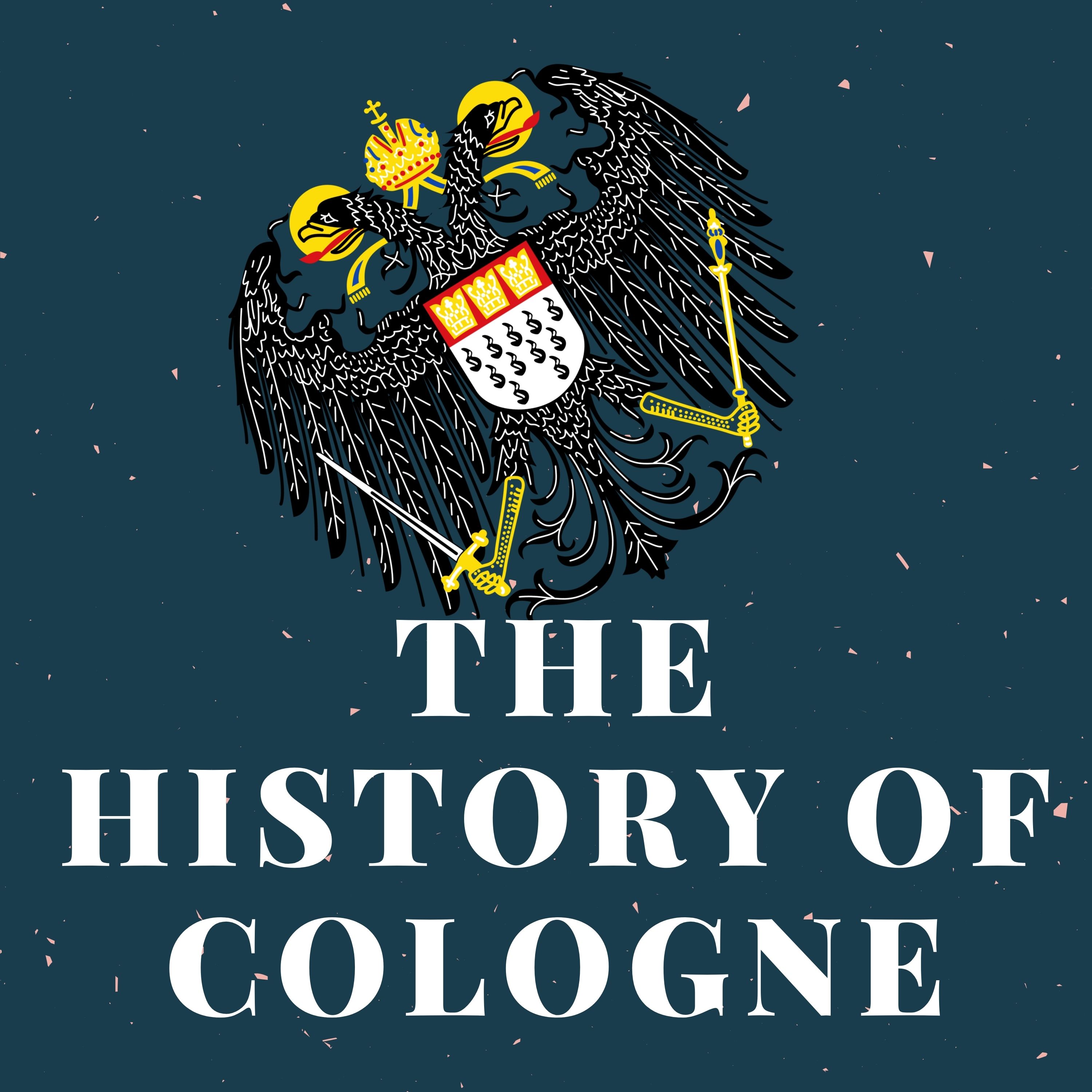
#39 Theophanu – A Greek Princes saves the Holy Roman Empire – The History of Cologne
From the imperial palace in Constantinople to cold Germany. Theophanu’s story, which will find its new adopted home in Cologne, is the subject of this episode. A woman who has received far too little attention so far.
How did the young Byzantine princess Theophanu become the richest woman in Europe at only 12 years old. And how did she become the most powerful woman in Europe at the age of 24, with far-reaching effects on European history? In this episode, we will look at her breathtaking life and, of course, at the end, what all this actually has to do with Cologne itself.

#72 The Lords of Berg – The History of Cologne
Theophanu
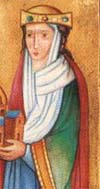

Theophanu as a figure on the Cologne City Hall tower. She is depicted in Byzantine clothing, which she continued to prefer wearing in Germany.
John I. Tzimiskes

Depiction of John I. from the 11th century.
Konstantinopel
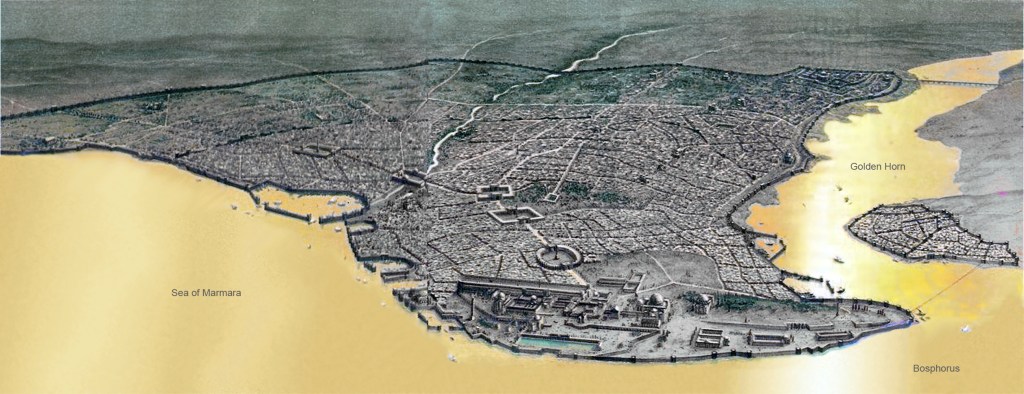
Aerial view of a model of Constantinople. At the time of Theophanu it was the largest city in Christendom with 400.000 – 700.000 inhabitants. Historical science argues a lot about how many inhabitants when lived in the city at what era of Constantinople.
The two “Roman” Empires

The Byzantine Empire around the year 1.000 In Southern Italy both empires shared a common border.

The Holy Roman Empire under the Ottonians around the year 1.000 AD.
Archbisho Gero
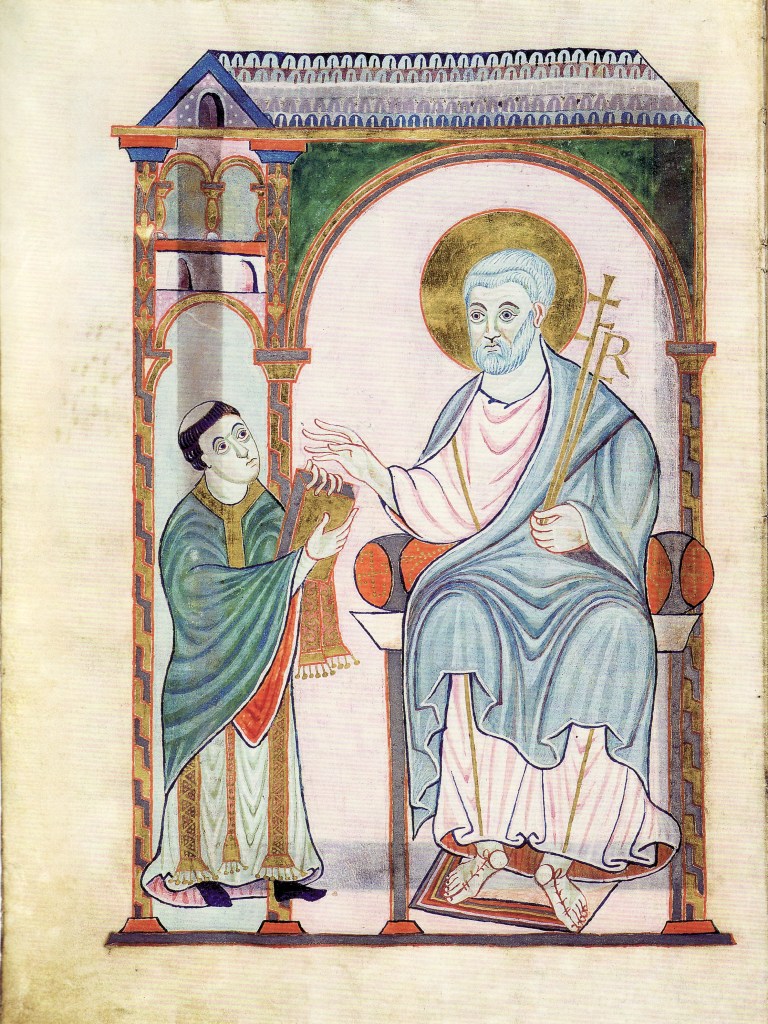
Archbishop Gero hands over a codex to St. Peter.

Archbishop Gero’s tomb in Cologne Cathedral. (969-976) Please forgive my outstanding photography skills.
Otto II.

Contemporary depiction of Otto II from the end of the 10th century. The four ladies are supposed to represent Germania, Francia, Italia and Alamannia. In other words, all the territories of the Holy Roman Empire.
Marriage Certificate of Empress Theophanu
Sorry, if this blows your screen into pieces and uses all of your monthly data on your phone, but this certificate is so impressive. I had to post it in full size.

Willigis

Willigis depicted in the 12th century. (left)
Henry the Quarrelsome
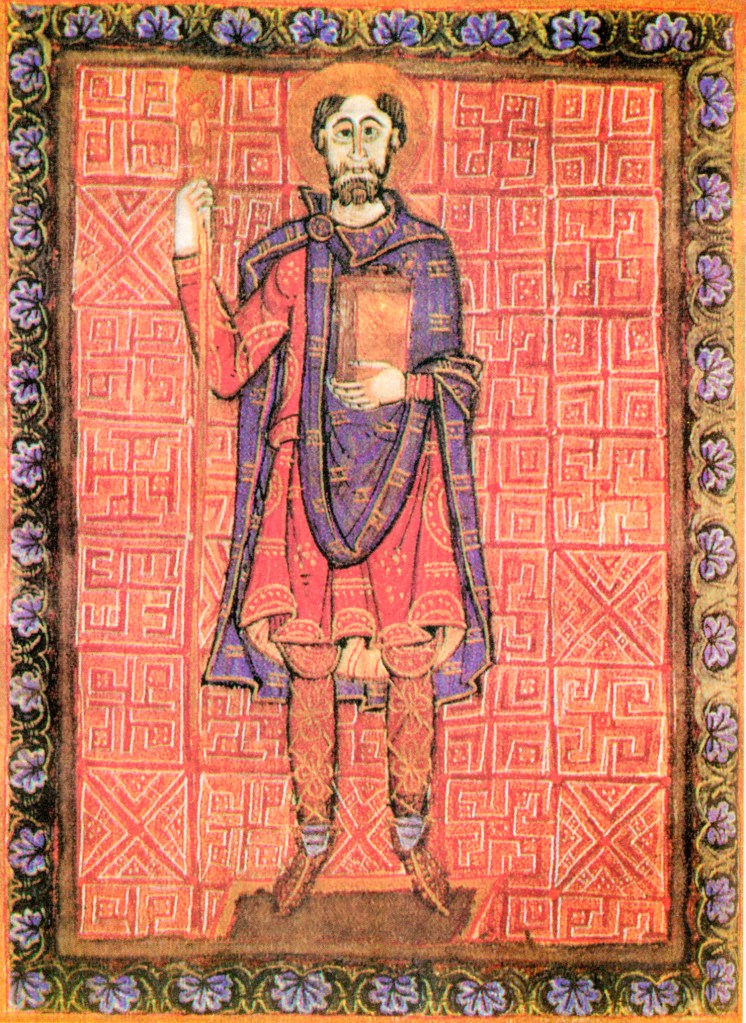
Contemporary depiction of Bavarian Duke Henry the Quarrelsome from the end of the 10th century.
Otto III.

Contemporary depiction of Otto III from the end of the 10th century.
Adelheid
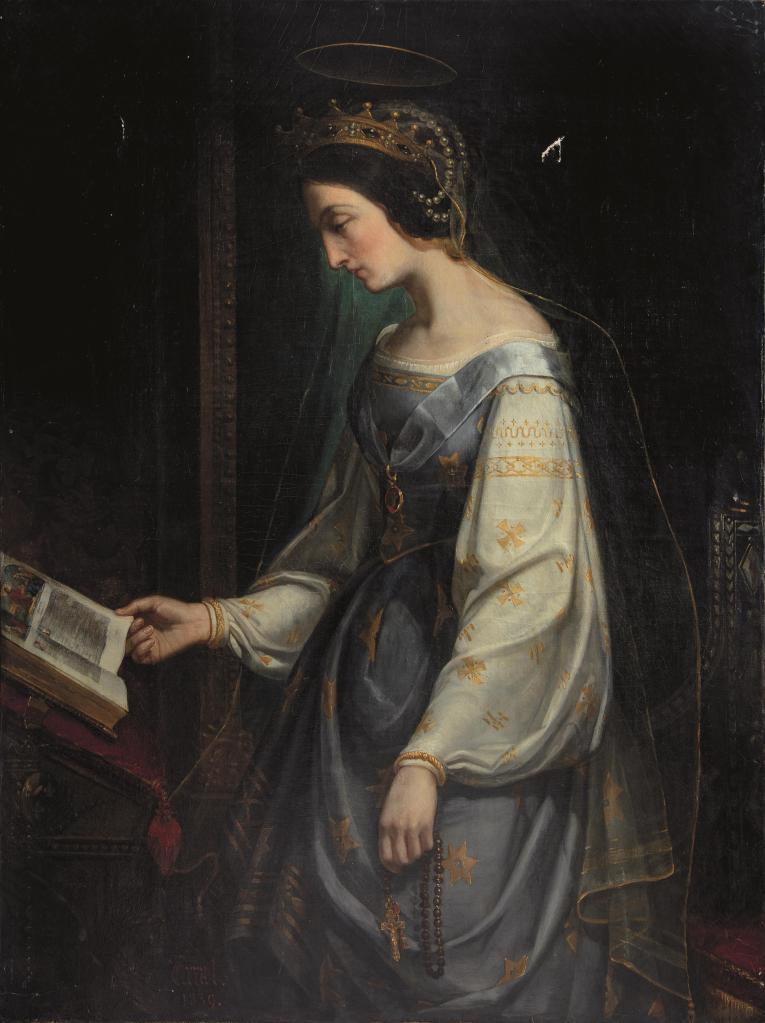
Representation of Adelheid from the 19th century.
Quedlinburg


Lothar I.
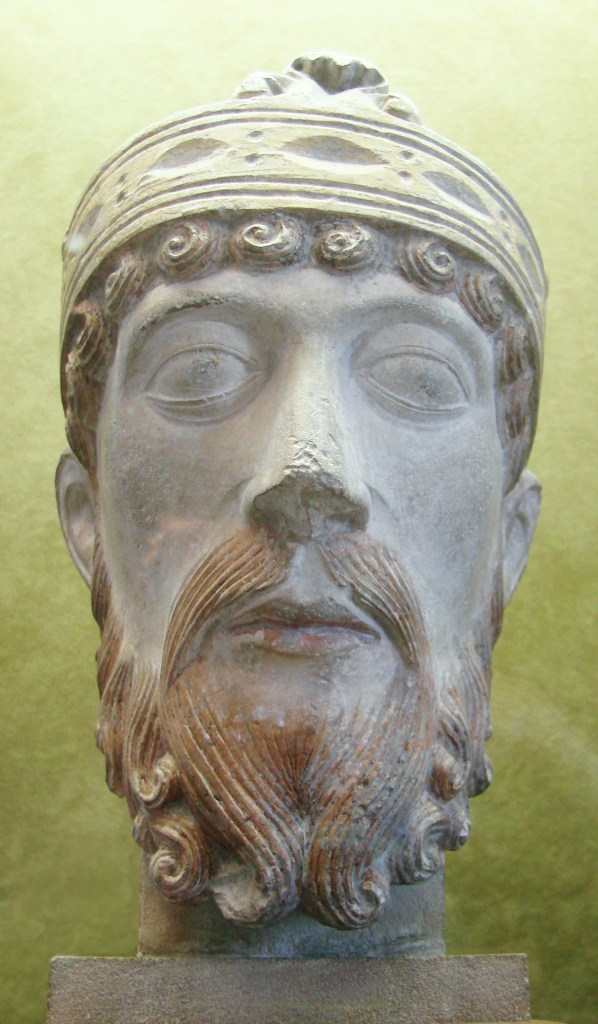
Bust of Lothar I, king of France (941-986) from the 12th century.
Hugo Capet
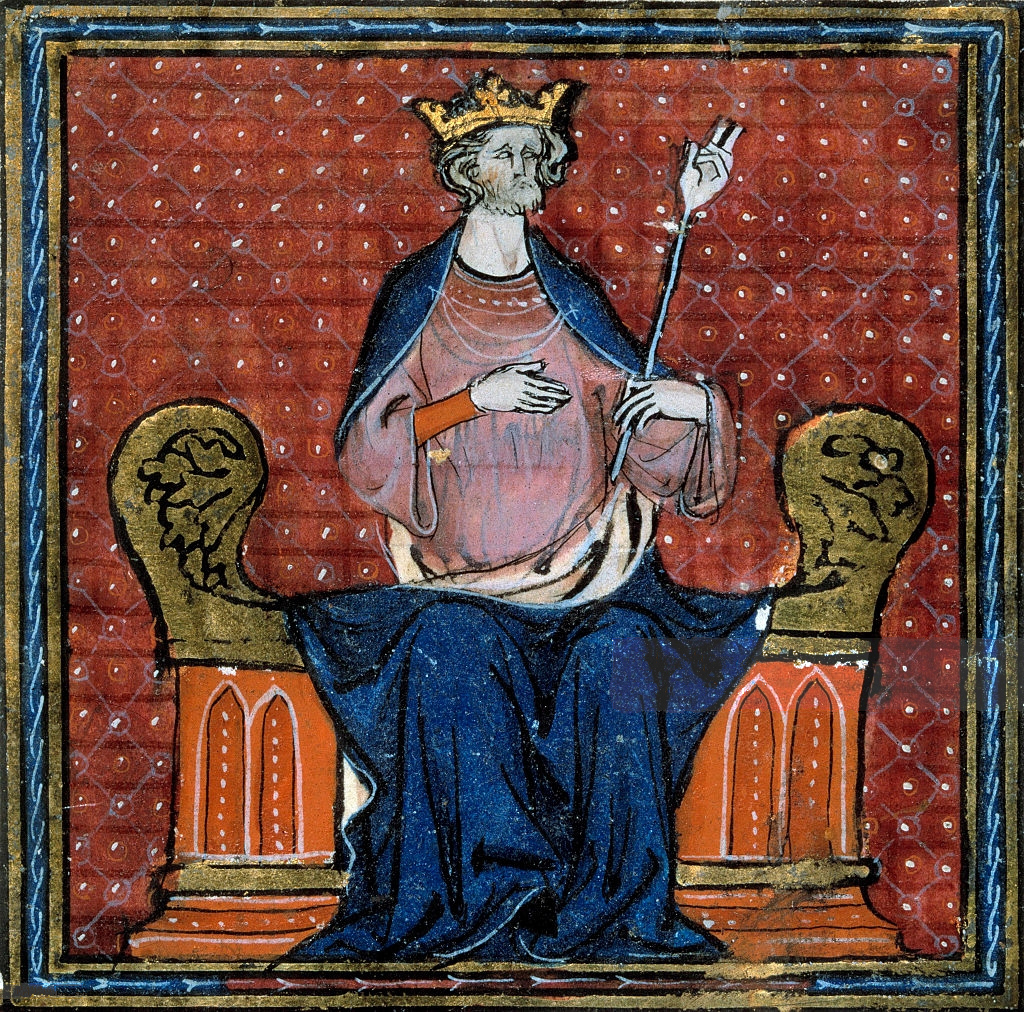
Hugo Capet, king of France from 987-996.
Mieszko

Duke of Poland (?-992) Depiction from the 19th century.
St. Pantaleon
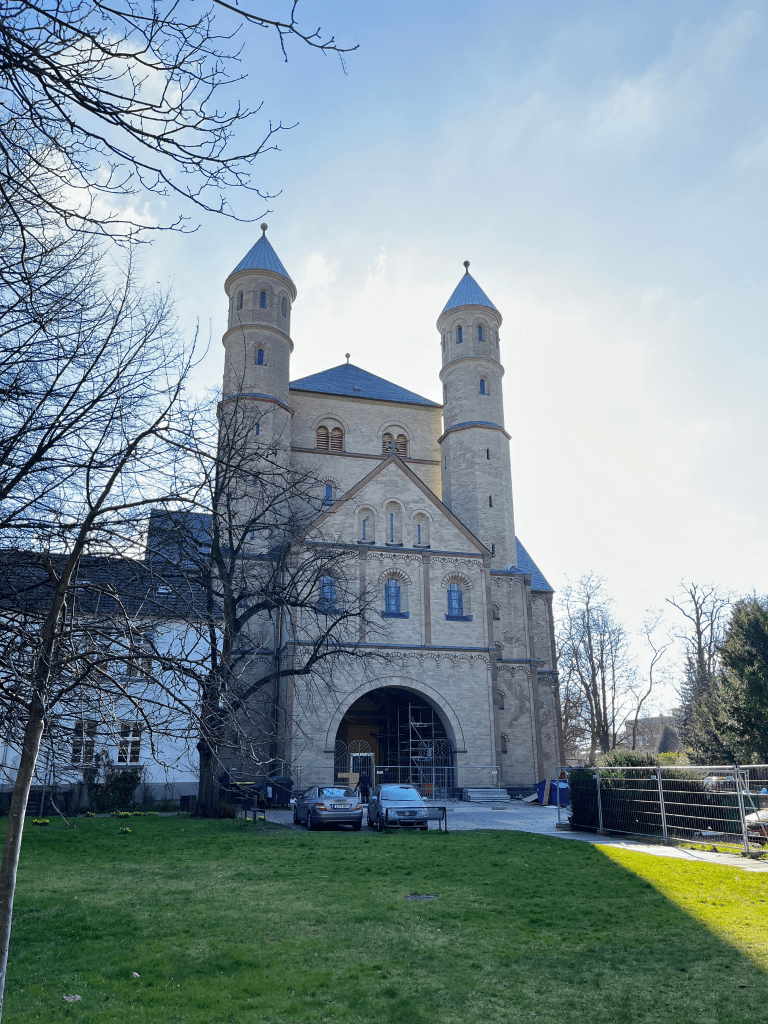
The mighty westwork, which Theophanu had added to the former hall church by Archbishop Bruno at the end of the 10th century. Here she also found her last resting place. Her sarcophagus is still there today.
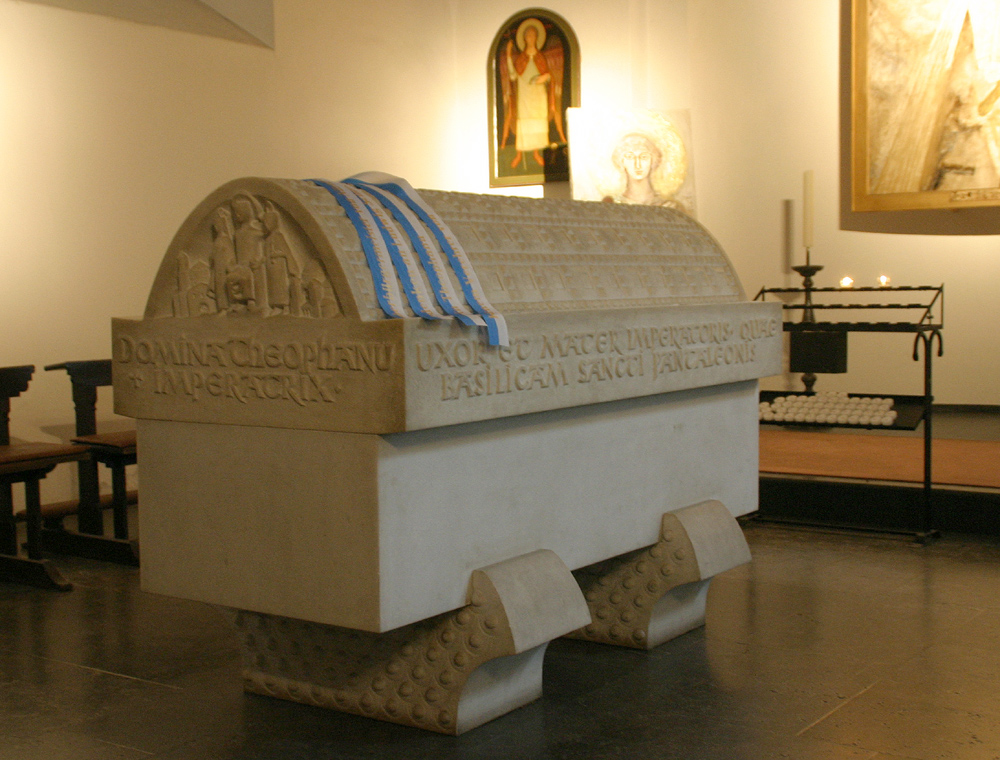
Written on the sarcophagus in Latin: “The Lady Theophanu, empress, wife and mother of an emperor, who showed special favor to this church of St. Pantaleon and generously gave it from her property, had herself buried in this place.”
Nijmegen

A house wall in Nijmegen, now in the Netherlands, holds up the memory of Empress Theophanu. Take a closer look how cool it is. Cologne is written in Dutch as “Keulen.” 🙂


